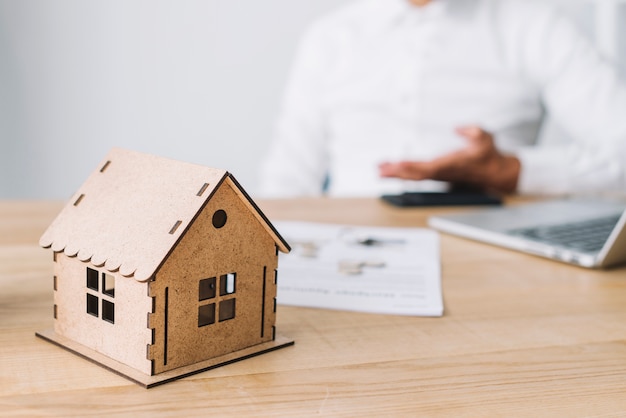
Thinking of buying a house? You might hit a big financial snag when it comes to the down payment. It’s typically suggested to put down at least 20% of the home’s price. This can help you avoid paying for private mortgage insurance (PMI), which is an extra monthly cost. However, coming up with 20% can be tough, depending on your situation and where you’re buying. For example, for a $200,000 house, you’d need $40,000 for a 20% down payment. But don’t worry if you don’t have that much; you can still buy a house with less.
Before you jump into homeownership, make sure you don’t:
– Have a lot of debt
– Lack an emergency fund
– Plan to live in the home only for a short while
– Have no money saved for a down payment
You don’t have to stick to the 20% rule. There are more affordable options. For instance, FHA loans, insured by the Federal Housing Administration, require just a 3.5% down payment. Some VA and USDA loans might even go as low as 0%.
Loans with low or no down payments, like FHA or VA options, can make buying a home possible for families with lower incomes. However, these come with their own downsides. Lower down payments often mean higher interest rates. Plus, you might have to pay PMI, which can make your monthly mortgage payments higher in the long run. Although you can eventually cancel PMI, it’s an extra cost you could avoid with a bigger down payment.
Other things to consider:
1. Keep some savings: Buying a house shouldn’t leave you broke. Make sure you have money set aside for emergencies and that your mortgage payments are manageable.
2. It might not be your ‘forever’ home: Your first house probably won’t be your last. So, saving a huge 20% may not be necessary, especially if you plan to move again in a few years.
3. Diversify your investments: Putting all your extra money into a down payment might not be the best move. You could also invest in other things or save for future needs like your child’s education.
4. Look for down payment assistance: If you can’t manage a 20% down payment but still want to buy a home, there might be financial aid available. Many states have programs that offer grants for down payments and closing costs.
In short, while it’s generally advised to put down 20% on a house, it’s not a one-size-fits-all rule. Depending on your financial situation, you might be able to put down less. Just remember, it’s important to keep your finances strong and be aware of the extra costs of a smaller down payment. Would you consider buying a home with less than a 20% down payment? Share your thoughts!